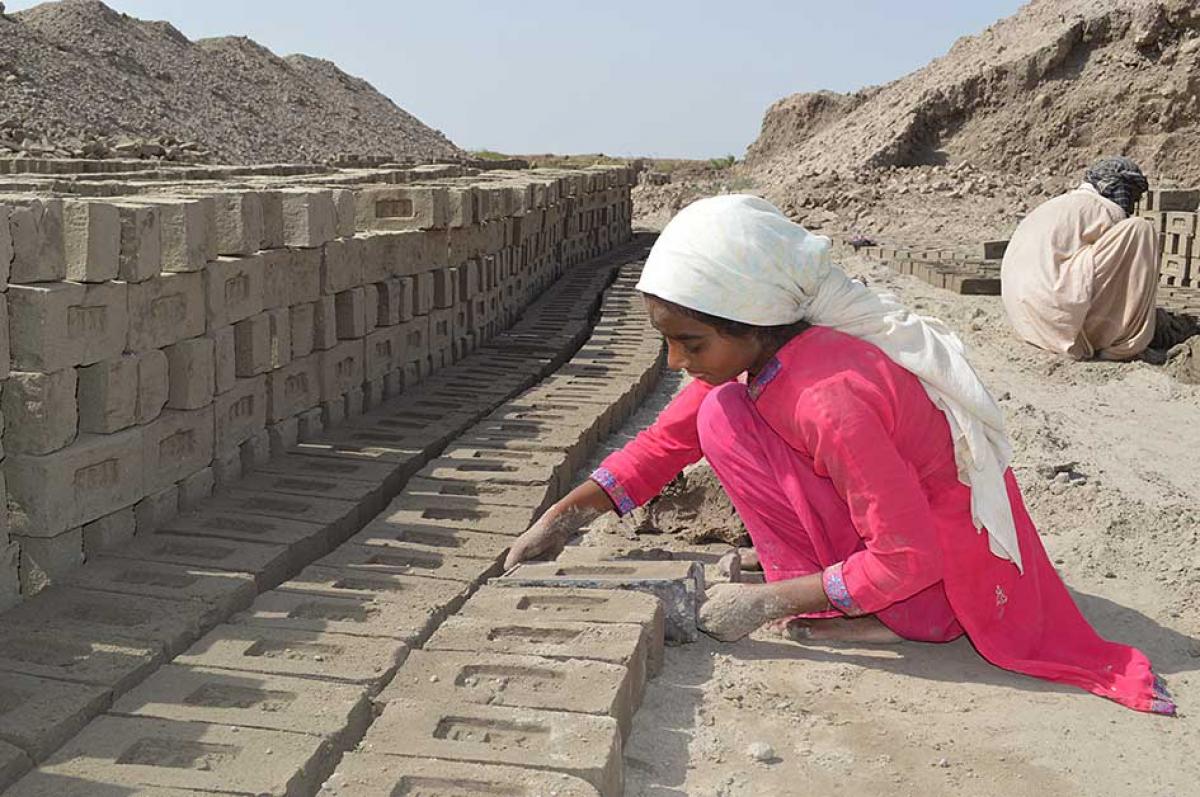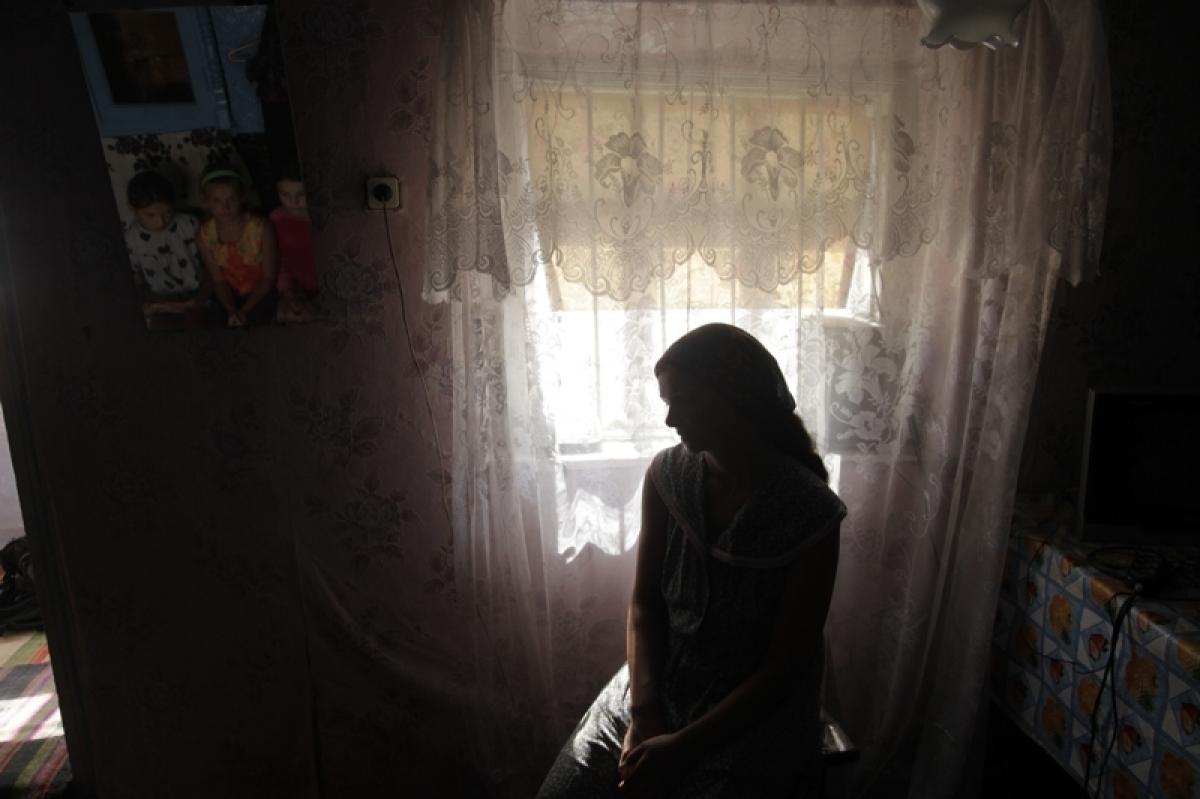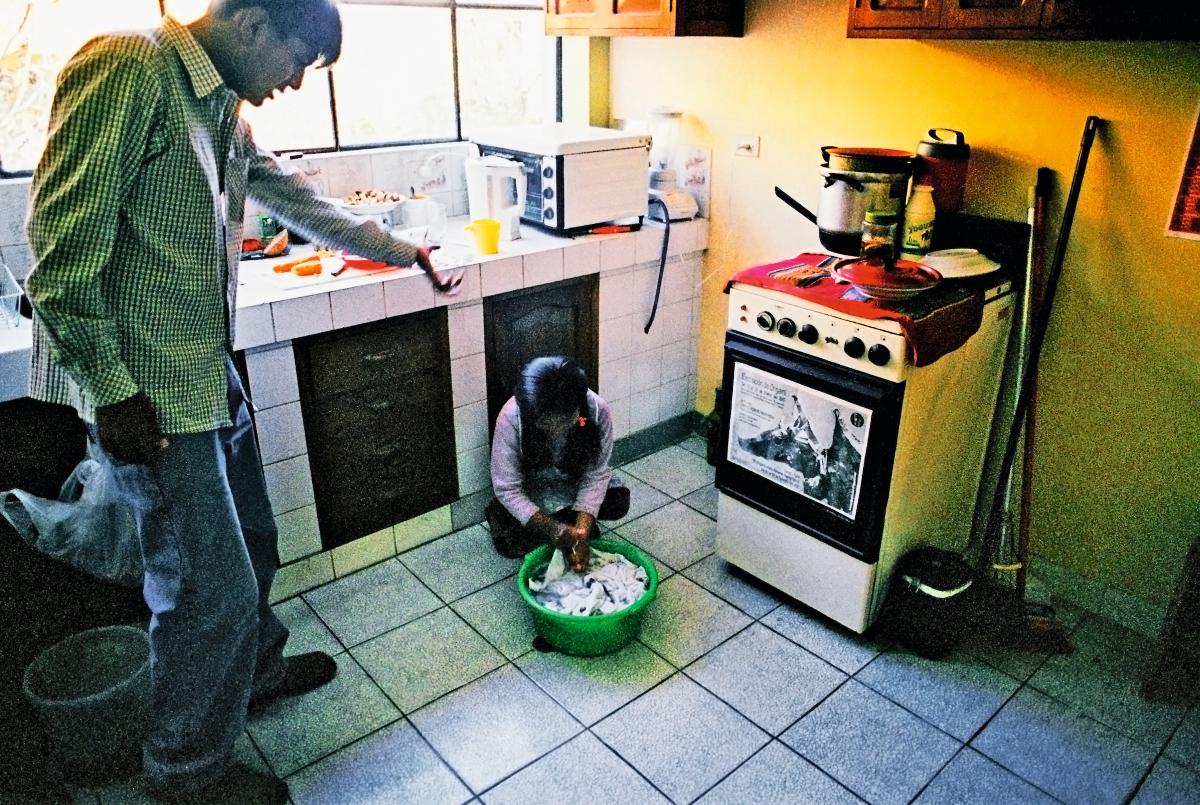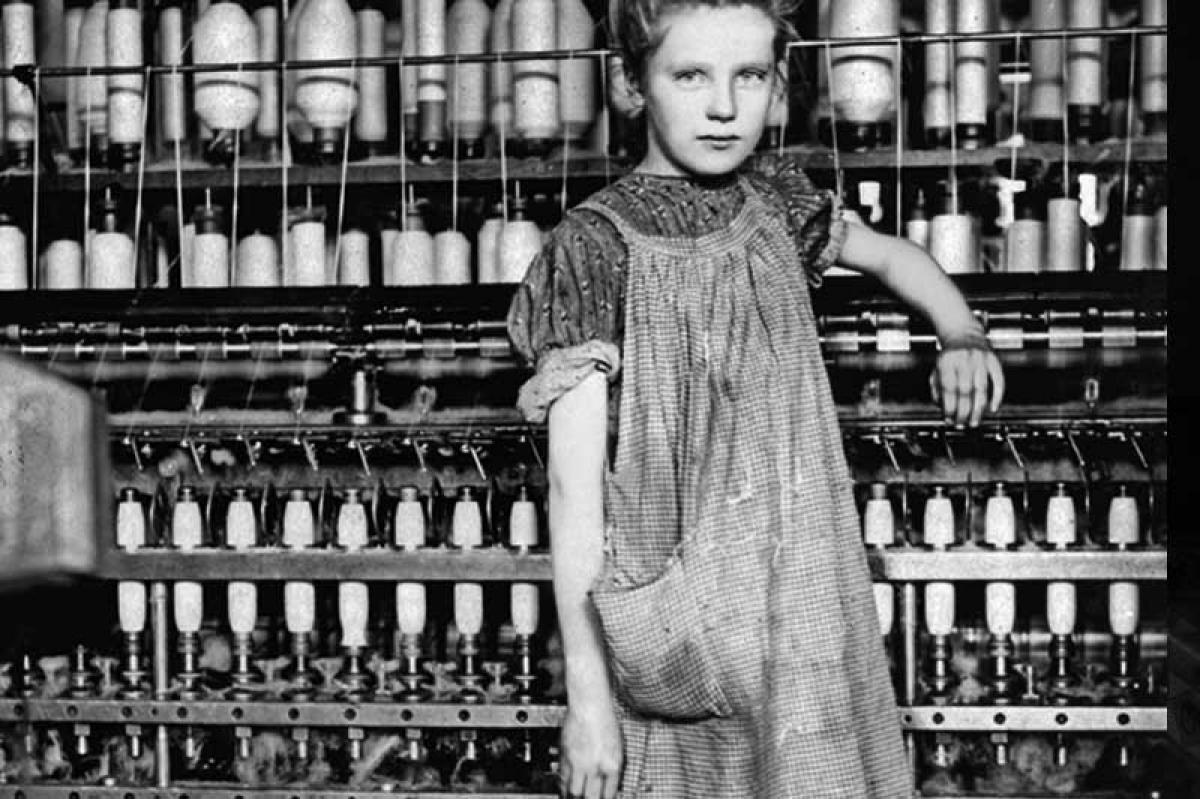
A girl in Pakistan works in a brick kiln to help pay off an old family debt.
No child should do any work that harms their health or prevents them from going to school. You have the right to be protected from being exploited for financial gain.
Children under the age of twelve are not allowed to work at all. Still, the number of children forced to work has increased in recent years to 160 million children – that's 1 out of 10 children in the world.
In the poorest countries:
- About 1 in 4 children work.
- More boys than girls work.
- More children work in rural areas than in cities.
- Girls are especially vulnerable to heavy household work, domestic slavery and farm work.
Remember, if you or someone you know is facing these issues, it's really important to talk to someone who can help, like a teacher, family member, or a counselor. You have the right to be safe and protected always!
The UN Convention is made up of parts called 'articles’. Some of the articles relate specifically to child labour and slavery. Here's a look at what some of the UN articles say about every child's right to be free from slavery and labour as a child.
Slavery has been around for a long time. It's when people are treated like they're not even people, but like they're someone else's property. They're forced to work hard without getting paid and often in really tough conditions. Even though most countries have banned slavery now, it still happens in some places today. It might not always look the same as it did in the past, but people are still being treated unfairly and made to work against their will. Many girls are, for example, forced to work as maids for only a little food and a place to sleep. That's called domestic slavery. Others are forced to work in farms or factories. Some work to pay off their family's debt.

Two boys working in a metal factory in India – their health and well-being at great risk.
Did you know that you have the right not to be forced into dangerous work? Article 32 of the UN Convention says every child should be safe from this kind of work. School and play are incredibly important for you to grow up happy and healthy. However, 79 million children around the world are working in jobs that can harm their safety, health, development, and schooling. Around 300,000 children are used in war as soldiers, porters, or de-miners. And of all the millions of people trafficked each year, a third are estimated to be children. Girls are especially vulnerable to Commercial Sexual Exploitation of Children (CSEC).

Human trafficking of children is common around the world. Here's a girl who has been trafficked in the Republic of Moldova in Eastern Europe, currently one of the main countries of origin for human trafficking. Photo: UNDP in Moldova.
Article 35 is important because it says no one is allowed to kidnap or sell you. Think of it as a big, red stop sign telling people they can't treat you like a commodity, a thing, or an object that they can buy and sell. You're a person, a human being! This article helps keep you safe from those who might try to take children away from their homes for the wrong reasons.

Some children, mostly girls, are used as slave labour in private households, like this indigenous girl in Peru. She moved away from her home in the mountains to cook, clean and do other chores for a family in town.
You have the right to live free from harm. These articles ensure you're protected from violence, abuse, and very harsh punishment. Whether you're at home, school, or anywhere else, you deserve to be treated with kindness and respect. Being hit, mistreated, or punished cruelly is not acceptable. For example, children working as maids in private households, are often mistreated by their employers, but invisible to the outside world. The rules in these articles act like a shield, keeping you safe.

In the 20th century, child labour was widespread around the world. Many children, as young as five or six, were forced to work in factories, mines, and on farms, instead of going to school or playing like children should. They often worked long hours in dangerous conditions for very little pay. However, in some countries in Europe, their wealth, in part gained through colonialism in, for example, Africa and Asia, allowed them to build schools for children and raise wages for workers. This helped to improve the situation for many children, as they were allowed to receive an education and pursue better futures. Many also protested against harmful child labour. Laws were gradually introduced to protect them from exploitation. However, even now, child labour still exists in many parts of the world. Many children work in harmful conditions, even being exploited as slaves. Efforts must continue to ensure the end to child labour and slavery.